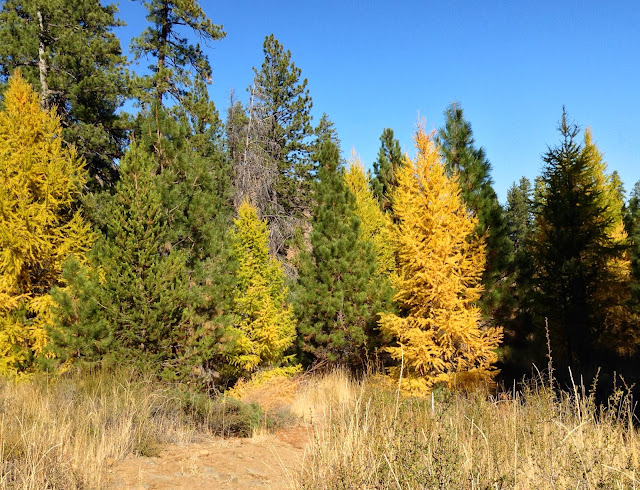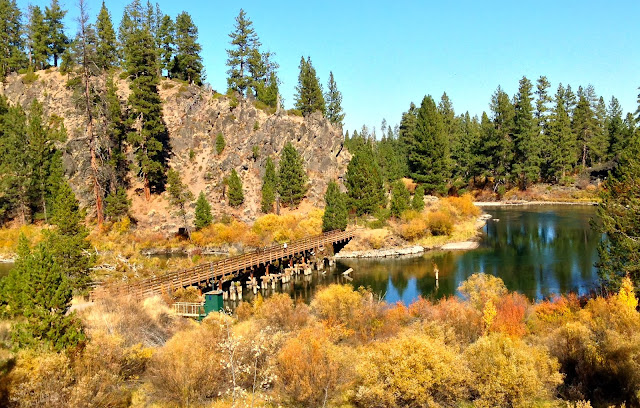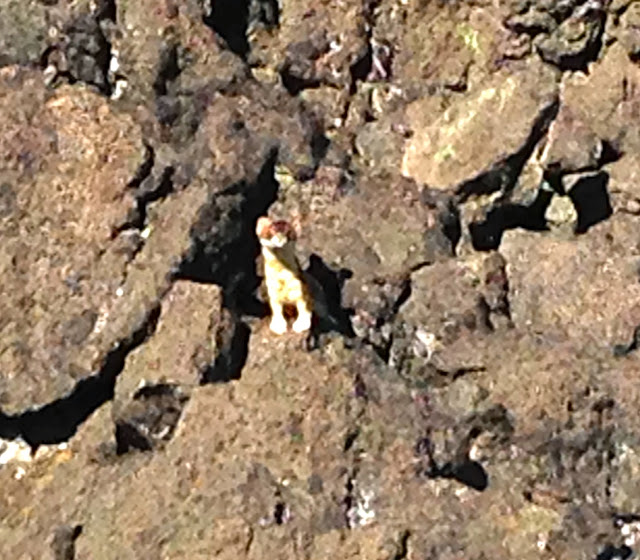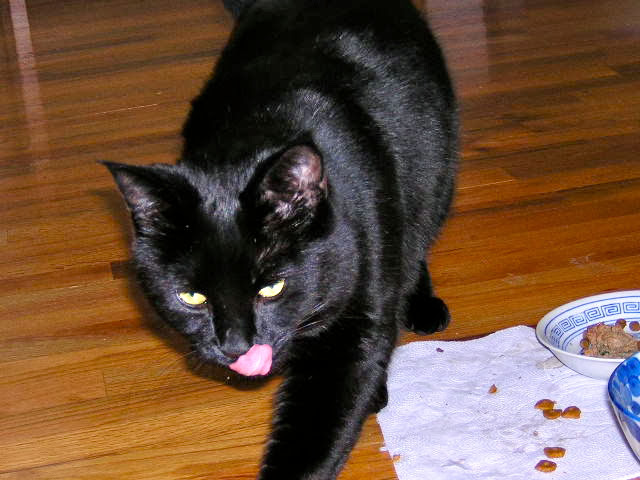two weeks of glorious Indian Summer weather ...
a river ...
a boon companion ...
and it's time for our annual fall color walks along the Deschutes.
We feel so fortunate to have this magnificent river flowing right through our town. More often than not, our Thursday Date Day Hikes take place on or near the river. Although the arid West is not known for fall color the way New England is, and for good reason, we appreciate our aspens and larches all the more for their glorious light. They pop out against the backdrop of dark evergreens and lava rock.
The river is quite low for this time of year, and the water, flowing more slowly, shows the deep green blue more commonly seen in the glacial meltwater lakes higher up in the mountains.
The past couple of weeks we have walked along the upper sections of the river trail, above Benham Falls, where the old railroad bed it follows are clearly evident.
The rotting pilings of the old haul road bridge sit next to the new one.
Just upstream from the bridge is the old log jam, purposely created to slow the river and prevent loose logs from running into the bridge pilings.
Most of this area was clear cut in the early 1900's and the trees you see are new growth since then. There are still mature giant Ponderosa pines in the picnic area just beyond the bridge.
Just beyond the bridge, the trail bears south, after crossing the current railroad line,
and begins its run alongside the vast lava fields created by Lava Butte, visible in the distance here:
While playing with my telephoto....
I saw a flash of movement among out of the corner of my eye. I glanced over, expecting to see a ground squirrel, but was surprised to see this little guy peering at me from a nice secure rock pile:
He stepped out to get a better view of me...
then posed for a profile shot...
Although he was as cute as could be
Then we headed back to our car, parked just above Benham Falls. Here's the final view downstream




















































